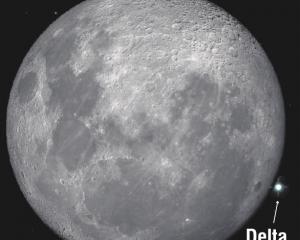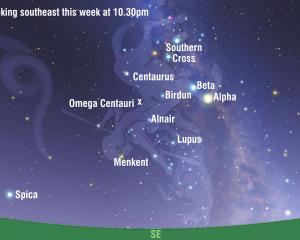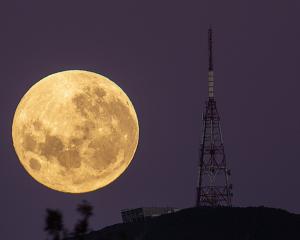

Our galaxy is not just beautiful. It is fascinating. It is also really old. Astronomers think our galaxy started to form roughly 13billion years ago. This is less than a billion years after the Big Bang, the explosive expansion which created the universe.
How and why the Milky Way was born is a topic of hot scientific debate. Although the early history of our galaxy remains a mystery, we know that a huge black hole was somehow involved. We know this not just because of theory but now because of direct observation.
A couple of weeks ago, the powerful Event Horizon Telescope was used by very smart scientists to create the first picture of Sagittarius A*. This is the name astronomers give the black hole at the centre of the Milky Way. Weighing in at more than four million solar masses, Sagittarius A* has played an enormously important role in the evolution of our galaxy.
Our solar system orbits the centre of the galaxy at a distance of some 26,000 light years. We take about 230 million years to complete one revolution, a period known as a galactic year.
In May the galactic core rises in the southeastern sky as darkness falls. With the moon reaching last quarter before dawn on Monday, the early part of the night will be darkest.
Conditions will therefore be absolutely perfect for some intragalactic gazing. I certainly plan to head out this week and contemplate the powerful forces and violent events taking place 26,000 light years away.












